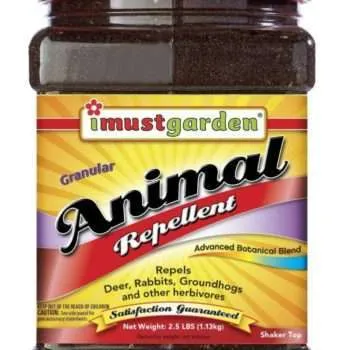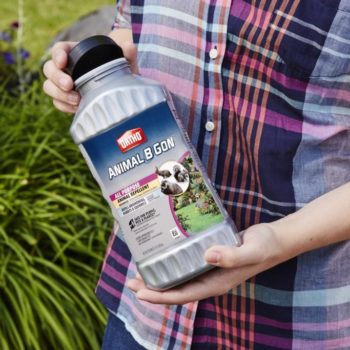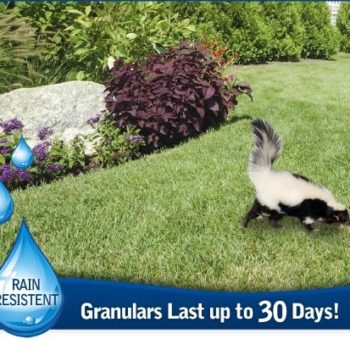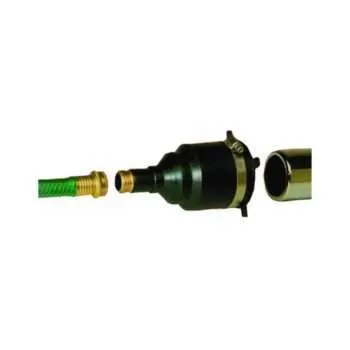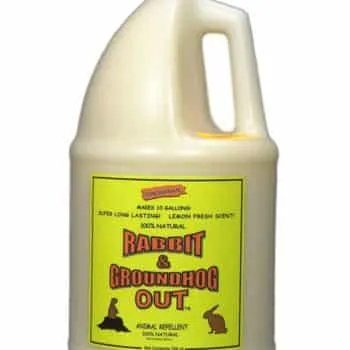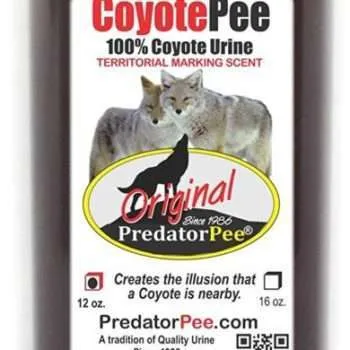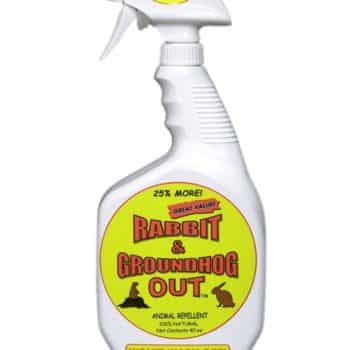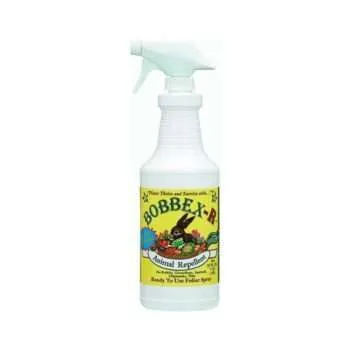Groundhog Repellent Havahart Critter Ridder 3146 Animal Repellent, 5-Pounds Granular Shaker Groundhog Repellent Groundhog Repellent Groundhog Repellent Underground Exterminator – Kills Moles, Gophers, Rats, Groundhogs And More Groundhog Repellent Just Scentsational RS-16 Coyote Urine Small Pest Repellent, 16 oz Groundhog Repellent Groundhog Repellent Havahart Critter Ridder 3142 Animal Repellent Granular Shaker, 2-Pound Groundhog Repellent Rabbit & Groundhog Repellent: Rabbit Out 1 Gallon Concentrate Groundhog Repellent I Must Garden Groundhog Repellent – 1 Gallon Ready-to-Use (Woodchucks) Groundhog Repellent Havahart Critter Ridder 3145 Animal Repellent, Ready-to-Use Spray, 32-Ounce Groundhog Repellent Groundhog Repellent Groundhog Repellent Groundhog Repellent Bobbex B550125 Ready To Use Animal Repellent With Trigger Sprayer, 32-Ounce Groundhog Repellent The Pee Mart – Coyote Urine P-Wick Combo 16 oz E-Z Trigger Spray! Groundhog Repellent Just Scentsational FU-16 Red Fox Urine Small Pest Repellent, 16 OZ Groundhog Repellent Bonide 238 1-Quart Shot-Gun Repels-All Animal Repellent Ready To Use
Identify Groundhog Presence in Your Garden
Install a Sturdy Fence for Protection


